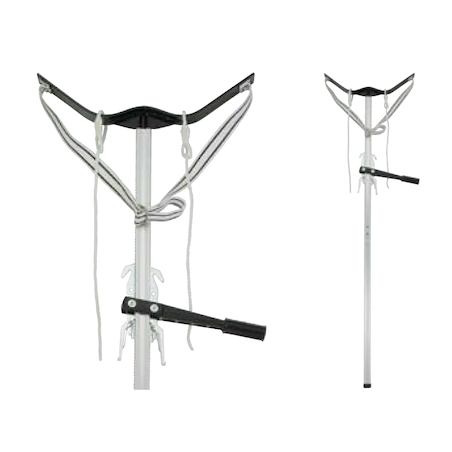The objective of this study was to evaluate uterine activity at farrowing in sows with different gestation lengths (GL), and its effect on the metabolic profile, blood gases and daily weight gain of neonate piglets. The experiment covered a period of 25 weeks and involved 200 Yorkshire-Landrace sows. The animals were assigned to four groups of 50 sows each and distributed according to GL, as follows: GL1: 107–109 days; GL2: 110–113 days; GL3: 114–116 days; GL4: 117–119 days. The productive indicators of the sows were recorded, as were the survival outcomes of the neonatal pigs. Fetal cardiac frequency and both intensity and frequency of myometrial contractions were monitored. The blood gases, electrolytes and glucose levels of the neonates were obtained by means of an automatic blood gas and electrolyte analyser.
The GL groups GL1 and GL2 had more prolonged births (>226.26 ± 4.95 min) regardless of litter size (P < 0.05). Of the four groups, GL1 presented the longest duration (P < 0.05) of the expulsion phase (P < 0.05), the highest number of uterine contractions (P < 0.05), and the highest and lowest number of intra-partum deaths (P < 0.05) and live births, respectively. The live birth piglets in this group had both the lowest birthweights (P < 0.05) and the highest incidences of hypercapnia, hyperlactatemia and hypercalcaemia (P < 0.05), which later resulted in lower rates of daily weight gain (P < 0.05).

In conclusion, premature births increase the number of intra-partum deaths and result in lower birthweights, the presence of apnoea, and severe metabolic alterations in piglets.
D. Mota-Rojas, R. Fierro, P. Roldan-Santiago, H. Orozco-Gregorio, M. González-Lozano, H. Bonilla, R. Martínez-Rodríguez, R. García-Herrera, P. Mora-Medina, S. Flores-Peinado, M. Sánchez and R. Ramírez-Necoechea. Outcomes of gestation length in relation to farrowing performance in sows and daily weight gain and metabolic profiles in piglets. Animal Production Science 55(1) 93-100 https://doi.org/10.1071/AN13175





